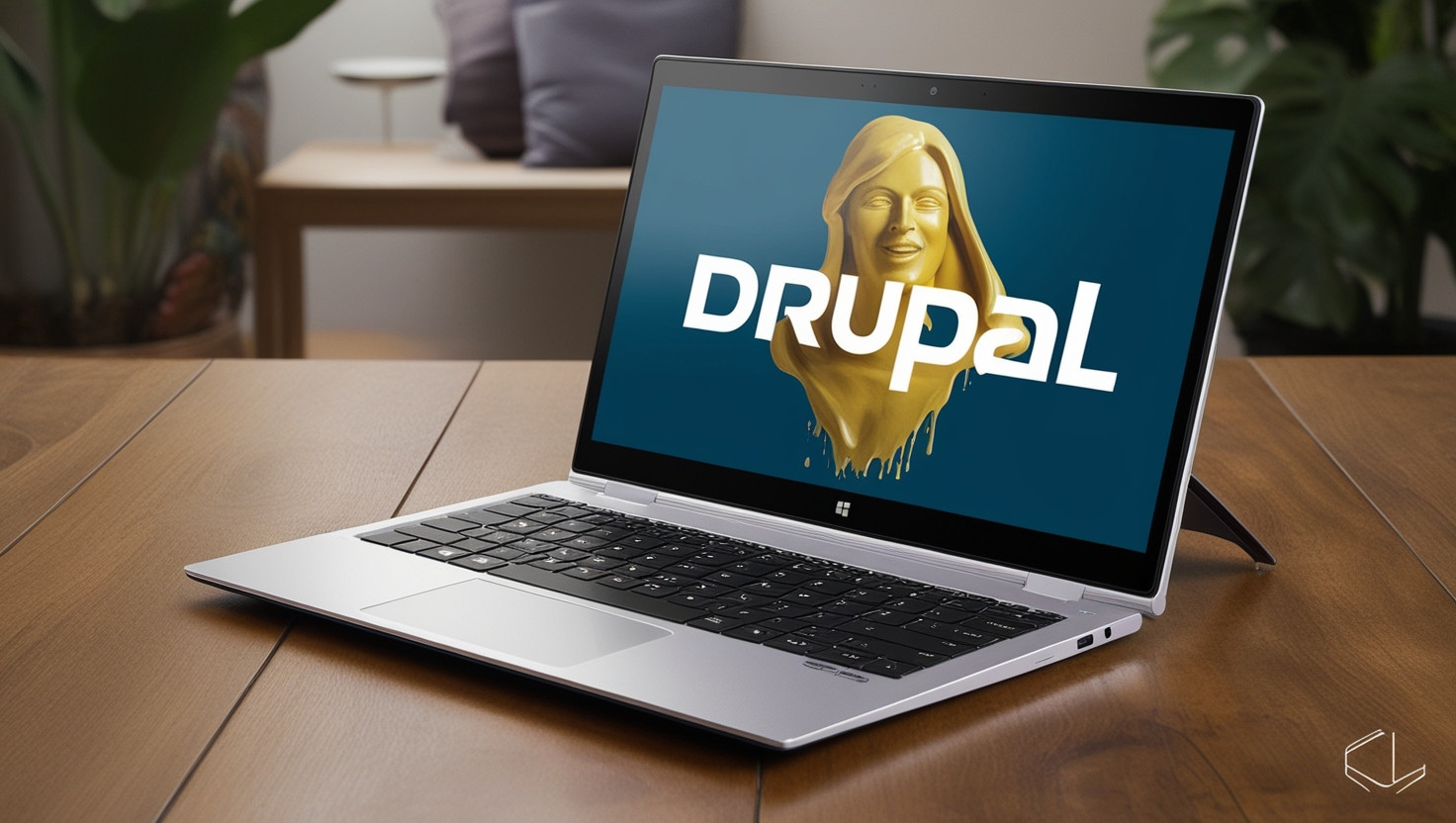WordPress is one of the most versatile content management systems (CMS) available today, offering a high degree of customization to meet the specific needs of diverse users. Whether you're a small business owner or a large enterprise, WordPress's flexibility allows you to create a website that stands out. In this article, we dive deeper into WordPress's customization capabilities, including advanced theme modifications, plugin utilization, custom coding practices, and more. We'll also examine real-world case studies of poorly executed websites in Los Angeles to identify common pitfalls and how to avoid them.
Advanced Theme Customization Techniques
While many WordPress users are familiar with the basic theme settings, advanced theme customization can take your website’s design and functionality to the next level. One of the safest and most effective methods is using child themes.
By creating a child theme, you can safely make modifications to the look and feel of your website without affecting the parent theme. This allows for seamless updates to the parent theme while preserving your customizations. Additionally, using custom CSS is a powerful way to make design tweaks without the risk of breaking core theme files.
In this section, we’ll discuss how to implement child themes, create custom templates, and modify your theme’s stylesheets to create a truly unique website without compromising functionality.
Maximizing Potential with Plugins
Plugins are one of the most compelling reasons to use WordPress. They dramatically extend your website’s functionality, allowing you to add features like contact forms, e-commerce capabilities, and SEO optimization tools with ease. However, it’s important to be selective when choosing plugins for your site.
Plugin bloat is a common issue where installing too many plugins causes slow site performance. This section will guide you on how to choose the right plugins for your site’s needs, avoid unnecessary bloat, and ensure plugins are updated and secure.
We’ll also explore the importance of ensuring plugins are compatible with your WordPress version, and how to measure their impact on site speed and security. With the right approach, plugins can significantly enhance your site without hindering performance.
Developing Custom Post Types and Taxonomies
WordPress is often used for blogging, but it can also handle other types of content efficiently. One of the most powerful features is the ability to create custom post types and taxonomies.
Custom post types allow you to organize unique content structures, which is especially useful for businesses in sectors like real estate, e-commerce, or education. For example, a real estate website can use custom post types to manage property listings, while an online store can structure products using custom post types.
We’ll walk you through the process of developing custom post types, custom taxonomies, and how these features can be tailored to fit specific business needs, creating a more organized and efficient content management system.
Direct Code Customization
For advanced users, direct code customization allows complete control over your WordPress website’s functionality and appearance. However, this method requires a deep understanding of PHP, HTML, and CSS.
Editing core theme files or adding custom code can be risky, as it may interfere with WordPress updates or cause security vulnerabilities. In this section, we’ll explore the benefits and risks of direct code editing, offer best practices for keeping your site secure, and show how to avoid common mistakes when implementing custom code.
Additionally, we’ll cover how to use custom hooks and functions to extend WordPress’s native functionality without modifying core files directly.
Scalability and Optimizing Performance
As your business grows, your website must scale to handle increased traffic and more complex functionality. Optimizing your WordPress site’s performance at scale is crucial for providing a seamless user experience, especially as your content and traffic volume expand.
This section will cover essential strategies for optimizing your WordPress site’s performance, including caching, database optimization, and selecting the right hosting solutions. We’ll also explore techniques for optimizing images, reducing HTTP requests, and improving load times across all devices.
Case Studies: What Not to Do
To illustrate the importance of proper WordPress development practices, we’ll analyze five real-world examples of poorly executed websites from Los Angeles. These case studies highlight common mistakes and the impact they had on businesses.
1. TechStartupLA.com
This tech startup experienced security breaches due to outdated plugins and themes. Regular updates and security checks are vital to maintaining a secure website. Ignoring this basic practice can lead to vulnerabilities that hackers can exploit.
2. LuxeApparelLA.com
A fashion retailer struggled with slow load times and high bounce rates due to complex graphical elements and unoptimized images. We’ll discuss the importance of optimizing images and simplifying design to improve site speed.
3. HealthWellnessLA.com
A health blog lost search engine rankings because it ignored SEO best practices during a site redesign. This case emphasizes the critical role of SEO in the development process, from choosing the right theme to structuring URLs and metadata properly.
4. InvestLA.com
This investment firm’s site had poor user experience due to poorly implemented custom post types. We’ll explore how to structure content and custom post types to improve navigation and engagement.
5. ArtGalleryLA.com
An art gallery’s website didn’t display properly on mobile devices, missing the opportunity to engage a large segment of users. This case highlights the importance of responsive design for modern websites.
Conclusion
WordPress offers incredible flexibility and customization options for building unique, scalable websites. From advanced theme modifications and plugin utilization to custom coding and performance optimization, there are countless ways to maximize the potential of your WordPress site. However, as illustrated by the case studies, making the right decisions during development is critical to avoiding common pitfalls and achieving long-term success.
Whether you're a beginner or an experienced developer, understanding the best practices for WordPress customization can significantly improve your website's performance, security, and user experience. For personalized consultation or help with optimizing your WordPress site, contact us today to get started and avoid costly mistakes!




